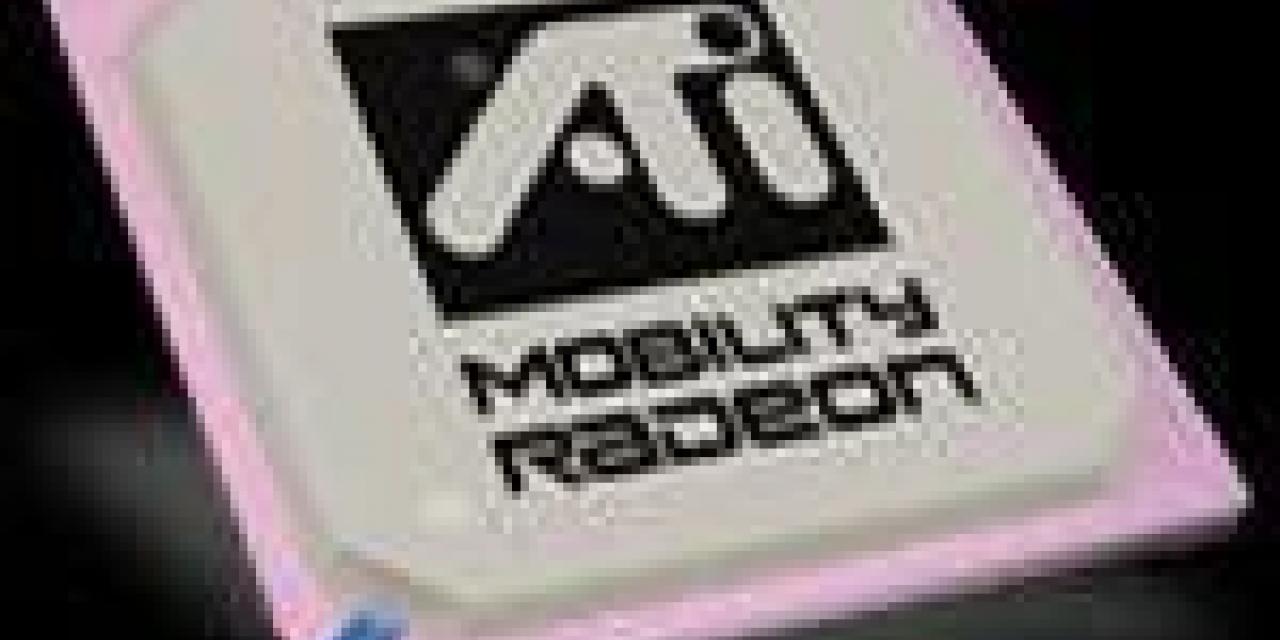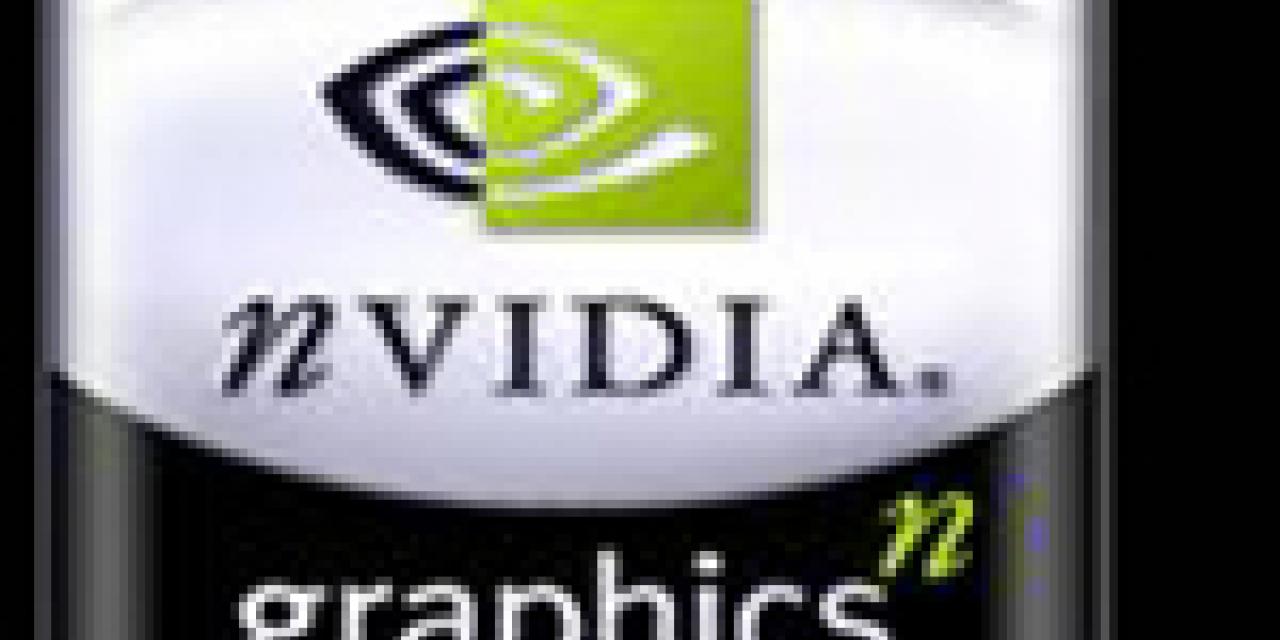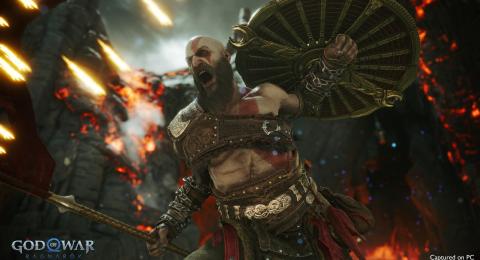



If you were holding back on buying a laptop because of their limited graphics capabilities, you can now reconsider. After fierce battle in the desktop field, ATI and NVidia have decided to move the fight to the mobile video processor market. Within a few days, both companies announced their "all new and improved" mobile chips.
So far the war on the desktop front has been more like guerilla warfare, with ATI doing most of the catching up, since NVidia are already about to setup government.
On the mobile front however, ATI seems to have gained a small advantage by announcing their chip first and a deal to supply Sony's VAIO PCG-GR9/K with their ATI MOBILITY Fire GL 7800 chip.
ATI's Mobility Fire GL 7800 is a 64Mbyte, 128-bit DDR memory processor with a 270MHz clock speed and 32-bit color resolution. ATI claims its Hyper Z technology boosts memory bandwidth by more than 20%.
Fighting back NVidia announced their NV17M chip and the probability of a deal with Dell. Their chip offers clock speed of 250 MHz, memory bandwidth reaching up to 8GB/sec and a memory interface up to 128-bit DDR.
With a revolutionary core of integrated technologies, including patent-pending hardware power management techniques, superior memory architectures, a Video Processing Engine (VPE), and advanced high-resolution antialiasing, NVIDIA's new mobile technology promises unparalleled performance, battery life, and DVD and video playback.
Features of the new chip include:
-ATI HYPER Z technology for improved performance
-PIXEL TAPESTRY architecture features a highly-optimized rendering engine and includes support for advanced multi-texturing and new 3D effects with eye-popping photo-realistic impact
-Dual DAC (digital-to-analog converter) for cost-effective independent multi-monitor support at maximum resolutions Integrated TMDS transmitter to enable support of digital flat panel displays
-VIDEO IMMERSION provides industry-leading video playback with adaptive de-interlacing, processing of full-frame rate, full-screen DVD and integrated motion compensation
-Four variants - discrete and integrated variants allow for all form factors (thin & light, ultraportable, desktop replacement, etc.) in all segments, from high-end to value
MOBILITY RADEON provides leading 2D, 3D, and multimedia graphics performance for today's applications in full 32-bit color. Its 3D architecture also includes unprecedented innovations that enable advanced new features in upcoming applications without compromising performance. With flexible memory support, MOBILITY RADEON permits implementations targeted at both the consumer and commercial notebook platforms.
PIXEL TAPESTRY architecture
MOBILITY RADEON delivers unbelievably fast 32-bit color rendering performance and supports three-way multi-texturing and new 3D effects without compromising speed. The PIXEL TAPESTRY architecture is the first technology capable of processing up to three textures per pixel in a single clock cycle, bringing 3D worlds to life with incredible detail and realism. It effortlessly handles complex elements such as metals, liquids and wood and their interactions with lights and shadows.
Lowest power for notebooks
MOBILITY RADEON continues ATI's leadership in graphics power management, providing the end user with the lowest graphics power consumption in any situation, including 2D, 3D and DVD playback.
Flexible, high performance memory support
Memory bandwidth has become the largest barrier to performance in today's and tomorrow's most advanced applications. MOBILITY RADEON supports both single and double data rate SDRAM/SGRAM at up to 200MHz. MOBILITY RADEON features new HYPER Z technology which boosts effective memory bandwidth by over 20%.
Flexible and reliable display support
MOBILITY RADEON has leading-edge technology supporting traditional CRT monitors, flat panel displays and TVs. The dual digital-to-analog converter (DAC) configuration allows for cost-effective multi-monitor support at maximum resolutions. Dual display controllers allow each display to run independently, enabling simultaneous clear and refined images at high resolutions. Multiple combinations of CRT, digital displays and TVs can be used without compromising performance. This flexibility gives the user the ability to view multiple tasks and applications, a key feature for the notebook user.
Supported display combinations
LVDS + CRT
LVDS + TV
LVDS + DFP
LVDS + CRT + TV
LVDS + CRT + DFP
LVDS + TV + DFP
PowerMizer Mobile Technology
From maximum 3D performance to longer battery life, PowerMizer gives notebook users a full range of system power control. Rather than simply modulating GPU power resources, PowerMizer adjusts power resources for the CPU, LCD, and the power supply, the three most major power offenders in a notebook platform. By working with NVIDIA's revolutionary next-generation mobile graphics hardware, which offloads functions from the CPU onto the GPU, PowerMizer effectively controls system power consumption while maintaining stunning 3D graphics performance.
Advanced Antialiasing for Notebooks
NVIDIA's new mobile GPUs are the first to implement hardware support for high-performance, high-resolution antialiasing, which is required to deliver great visual quality on notebook displays. Only with NVIDIA's revolutionary new mobile GPUs can consumers fully appreciate advanced antialiasing on a notebook without having to worry about performance degradation in their favorite games or applications.
Video Processing Engine (VPE)
This new family of mobile GPUs incorporates advanced video processing hardware, including a Video Processing Engine (VPE), which improves overall system efficiency and performance by offloading critical tasks, such as the decoding, processing, and playback of video and DVD content from the CPU. The VPE includes the most complete hardware MPEG2 decoder, sub picture alpha blend processor and de-interlacing circuitry to ensure these new mobile GPUs unequivocally deliver the industry's best video playback, while delivering the longest battery life possible.








